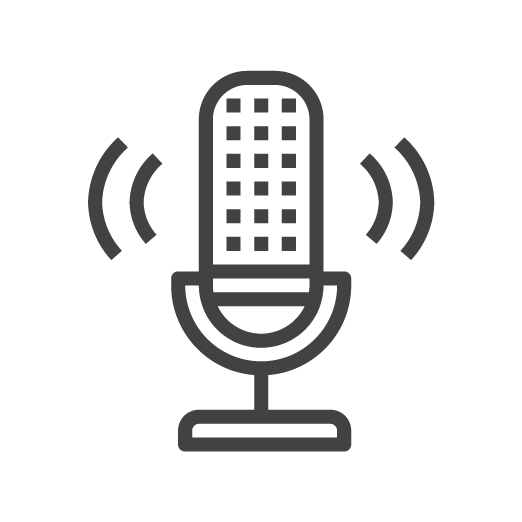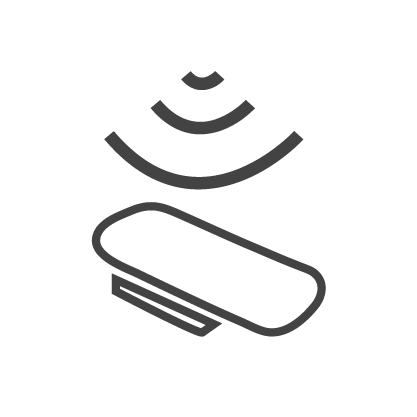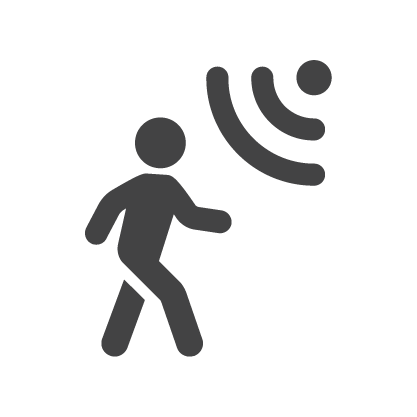
Hearing in Difficult Situations
The latest hearing aids help you hear your best in every situation.

Hearing in Difficult Situations
The latest hearing aids help you hear your best in every situation.

One of the most common effects of hearing loss is having trouble hearing in noisy environments. Today’s hearing technology, when fit by an experienced audiology professional, can help improve your hearing in noise, keeping you alert, focused, and at the center of the conversation.
Try a one week no-risk hearing aid demo.
Hearing aid features that help in noisy environments

Directional Microphones
Many of today’s digital hearing aids contain what is called a “directional microphone.” Directional microphones can help to significantly reduce the background noise that you’re experiencing pulling in the sounds that are happening directly in front of you. This is great for maximizing “speech in noise.”
For instance, if you’re at a holiday party and having a conversation with someone who is standing in front of you, you’ll be able to focus on their speech and actively engage in the discussion while the background noise caused by the rest of the partygoers won’t distract as it previously would have when you weren’t wearing properly fit technology. The people speaking directly to you will be amplified, while that less important information will not be.
User Settings
Most modern hearing aids contain a variety of user settings, designed to help you personalize your experience or to help you adapt to different sound situations and options that might be available to you. Your hearing aids can be adjusted to these settings through the aid itself in most cases, or sometimes through the use of smartphone apps.
Though the terminology might be slightly different from manufacturer to manufacturer, some of the most common settings include:
- Normal – the setting used for most sound situations and environments
- Loud – the setting you’d adjust your device to when you find yourself in a noisier environment where focusing on speech might be more difficult
- Bluetooth – which is the setting that would be used for streaming audio, like from a smartphone or tablet or other Bluetooth-enabled devices, directly to your hearing aids
- T-Coil – which is a setting that can be used in environments that include special accommodations for hearing aid wearers. T-Coil is short for “telecoil,” and refers to a loop audio system that can be found in many public transit buildings, movie theaters, churches, and other spaces where hearing can be difficult.

Sound Quality
An important consideration when choosing the right hearing aid for you is sound quality. When someone is first fit with hearing aids, their perception of sound goes through a brief retraining period due to the fact that they’re hearing a fuller spectrum of sound than they previously were.
A question we would ask you to ponder when discussing hearing aids with your provider is, “Where do I want to hear my best?” The term “quality” can be a subjective one, especially in terms of sound. If you’re a musician, for instance, the performance you might want to get out of your hearing aids might be different than someone who wants to get back into their weekly card game with their friends.
No matter what this question means to you, your provider should be striving to deliver you a hearing experience that is crisp, clear, and keeps you focused on the things you love.

Digital Signal Processing
Another commonly used phrase you’ll hear when researching hearing aids is “digital signal processing.” Digital signal processing refers to a hearing aids’ ability to help you distinguish the sounds you want to hear from the ones you don’t, and acting to amplify the ones you do. Advanced hearing aids can assess your surroundings and reduce background noise, like road noise, fans, and other potential distractions, almost automatically.

Wind Noise Reduction
Another benefit of the digital signal processing capabilities of today’s advanced hearing aids is called “wind noise reduction,” and its benefit is described perfectly by its name. Essentially, when you are walking, hiking, running, riding, or golfing, your hearing aids are taking in sound information, processing that information, recognizing it as background noise, and adjusting your devices so that the wind noise automatically suppressed, allowing you to focus on whatever it is you might be doing — and what you’re wanting to hear.

Remote Microphones
Remote microphones are a wonderful accessory to have in addition to your expertly fit hearing aids. For those spaces that don’t have telecoil features or capabilities, like classrooms, meetings, places of worship, loud restaurants, public tours, among many others, you can also use a remote microphone.
They come in different configurations depending on the manufacturer, but are generally devices that can be worn like a lanyard by the speaker, for instance, or placed on a tabletop. The remote microphones can connect directly to your hearing aids, and the source of audio you want to hear will stream directly to your hearing aids.

Motion Sensor Hearing
Hearing aid manufacturers are constantly seeking out ways in which to make their technology more true to life. One of the newest and most advanced features available today is called “motion sensor” technology. With hearing aids that contain this feature, the devices can now detect when you are moving during a conversation and automatically adjust the directional microphones so that they focus on the person speaking and the sound you want to hear. This feature is limited to certain types of devices from select manufacturers, and can either be selected in the devices themselves, or through the use of a smartphone app.
